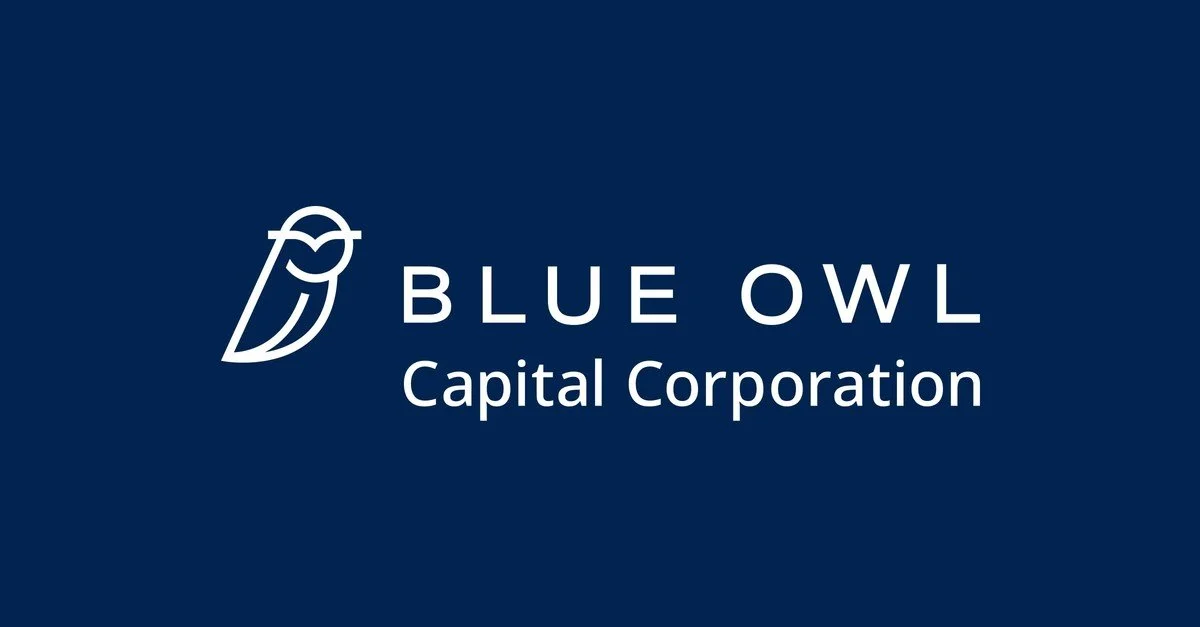ROL | Q3 2025
The content provided on this website, including any communications, posts, videos, social media interactions, and other materials, is for informational and educational purposes only. It should not be considered as financial or investment advice. Read our full disclaimer here.
Links
Link to Transcript
Link to Presentation
Link to 10-Q
Overview
Non-GAAP EPS of $0.35 beats by $0.02.
Revenue of $1B (+9.2% Y/Y) misses by $20M.
KEY Takeaways
Rollins delivered 12% total revenue growth and 7.2% organic growth, with all major segments performing well.
Earnings per share rose 20%+, hitting $0.34 GAAP and $0.35 adjusted.
Margins expanded across the board: gross margin hit 54.4%, adjusted EBITDA margin reached 25.2%, and incremental margins were 35%.
Free cash flow jumped 31%, and the company converted 112% of net income into operating cash flow (120% year-to-date).
The dividend was increased by 11%, marking an 80% increase since 2022.
Saela acquisition is outperforming initial expectations, with higher-than-expected revenue, strong margins, and minimal integration friction.
Commercial momentum continues, especially at Orkin, where recurring commercial revenue is now growing double digits.
Marketing strategy is adapting well to AI-driven search changes, with higher-quality leads and better close rates.
The M&A pipeline remains strong, with seven more deals closed in Q3 and no shortage of future targets in a fragmented industry.
NOTES
Rollins (ROL) kept the momentum going in Q3, delivering another strong quarter with 12% total revenue growth and 7.2% organic growth.
Every major segment performed well—residential was up 11.2%, commercial rose 11.8%, and termite and ancillary services led the way with 15.2% growth.
Organic growth also held up across the board, with termite and ancillary again being the standout at nearly 11%. Management said September finished strong and that the company entered Q4 with a healthy backlog, especially in termite work, which tends to spill into the fourth quarter.
Earnings per share came in at $0.34, or $0.35 on an adjusted basis, up more than 20% year-over-year. Margins expanded nicely this quarter too, with adjusted EBITDA margin improving to 25.2%, incremental margins hitting 35%, and gross margins hitting 54.4%.
Free cash flow was another hot spot, up 31% year-over-year, and Rollins converted 112% of net income into operating cash flow this quarter. That puts year-to-date conversion at 120%, which is fueling both internal reinvestment and shareholder returns.
With that, the company raised its dividend by 11% earlier this week, marking an 80% increase in the regular payout since 2022.
So far this year, Rollins has spent about $300 million on acquisitions, $250 million on dividends, $25 million on capex, and only taken on around $100 million in debt—thanks to strong cash flow and a net leverage ratio of just 0.8x. Even after acquiring Saela earlier this year, interest costs are down 7% on the year.
Speaking of Saela, the acquisition continues to be a win across the board. When Rollins originally modeled out the deal, it expected Saela to contribute around $60–65 million in revenue during the first year. Now it’s on track to hit $70–75 million, with strong organic growth, solid margins, and meaningful accretion to both cash flow and earnings.
Saela also brings customer acquisition diversity, with only about a third of growth coming from door-to-door and the rest from cross-selling and digital marketing.
Management emphasized that they’re letting Saela operate independently, stepping in only for things like HR systems or other back-office support. It’s the same decentralized approach they’ve taken with past acquisitions, and it continues to work.
The story is also coming together on the commercial side. Rollins has been investing heavily in building out a standalone commercial division, and it’s starting to pay off.
Commercial growth accelerated to over 8% this quarter, and Orkin’s commercial recurring revenue is now growing double digits. It took some time—commercial deals typically have longer sales cycles—but the sales team is now hitting its stride.
Management said there’s still plenty of room for improvement and that commercial remains one of the most attractive parts of the business, given its high retention rates and long customer lifespans.
Marketing and lead generation are also evolving. As Google’s AI-generated search results continue to shift the SEO landscape, Rollins has seen some volatility in lead volume—but the quality of leads has improved. They’re noticing fewer window shoppers and more serious buyers, which has led to higher close rates.
Ads are being tailored to younger homeowners and placed across platforms like TikTok and Facebook to better reach first-time buyers and digital-first consumers. Management emphasized that they don’t rely on any one acquisition channel, and that diversification—across both brands and marketing strategies—has been a big advantage, especially in the midst of changing landscapes.
As for competition, Rollins acknowledged that the landscape is still healthy and fragmented. They continue to go head-to-head with large regionals and mom-and-pop shops, and noted that more private equity is entering the space.
Still, with nearly 19,000 pest control companies across North America, management sees no shortage of acquisition targets. They closed seven additional deals in Q3, and said the M&A pipeline remains strong.
Moving forward, Rollins isn’t changing much—not much really needs to change. The team is focused on maintaining double-digit earnings growth, expanding margins, and compounding free cash flow—all while continuing to invest in growth. It’s the same playbook they’ve been running for years, and it still works just fine.




Revenue of $1.88B (+4.4% Y/Y) beats by $10M. Non-GAAP EPS of $1.96 beats by $0.09.